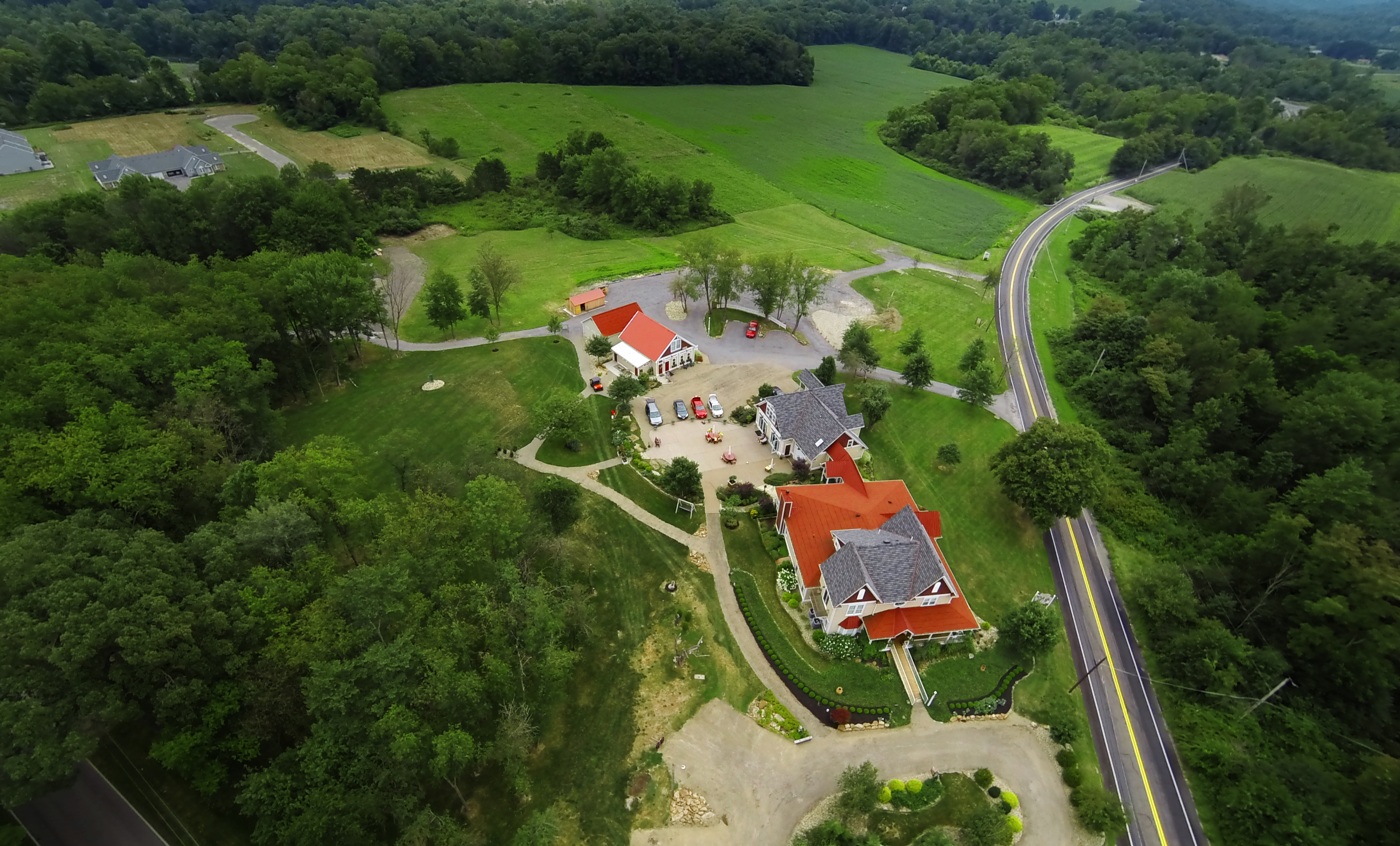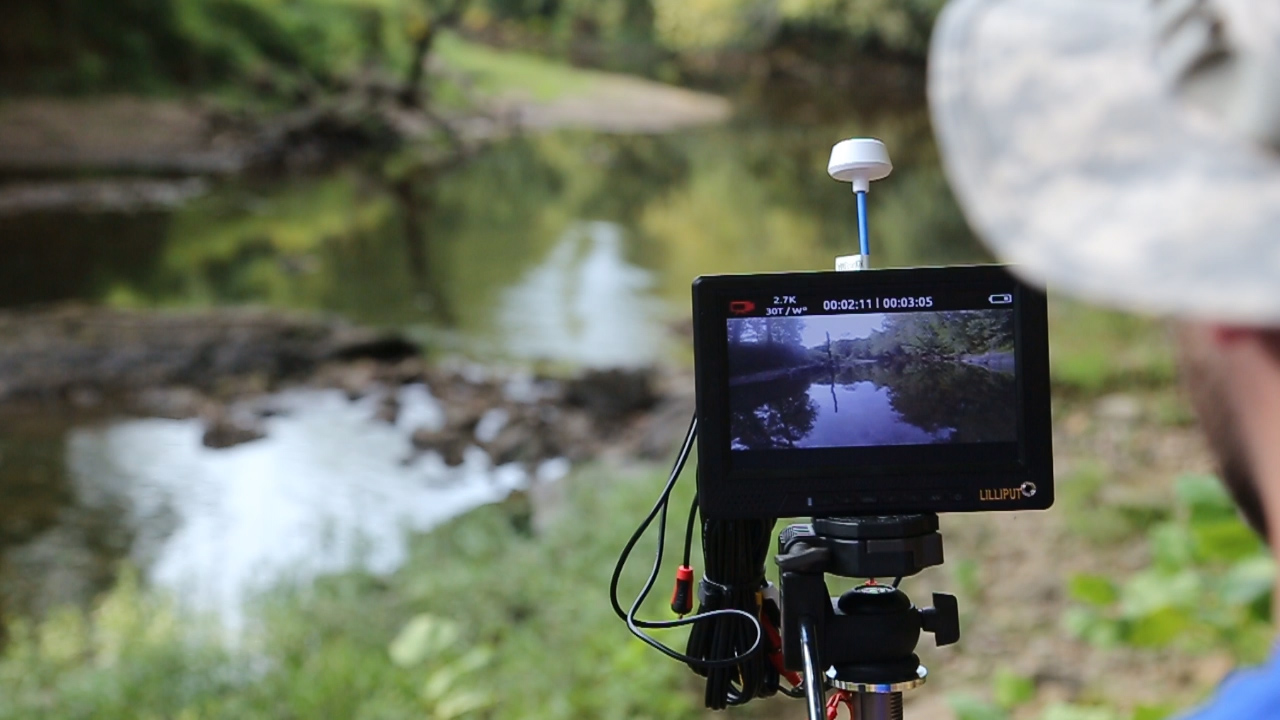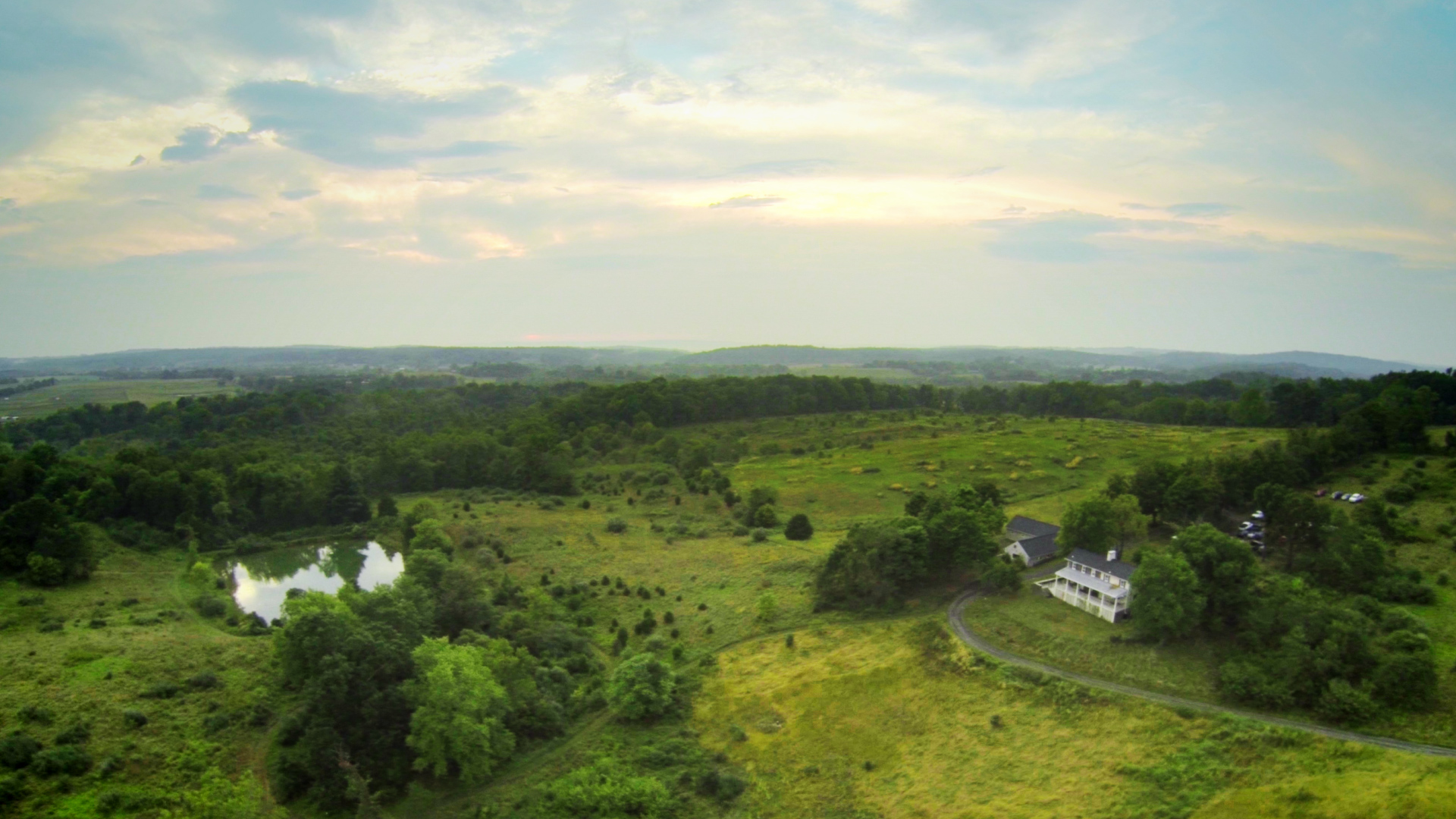 Kevin Good is a very busy man. He is a photographer, cinematographer, teacher, and film director. Good produced the popular and very funny web series Weapons of Mass Production, which break down many of the technical aspects of camera technology, like comparing the Nikon D800 and the Canon 5D mkIII or How to Light Your Video on a Budget. His film work has been featured in TV and Film Festivals around the world. He also finds time to teach photography and film classes.
Kevin Good is a very busy man. He is a photographer, cinematographer, teacher, and film director. Good produced the popular and very funny web series Weapons of Mass Production, which break down many of the technical aspects of camera technology, like comparing the Nikon D800 and the Canon 5D mkIII or How to Light Your Video on a Budget. His film work has been featured in TV and Film Festivals around the world. He also finds time to teach photography and film classes.
It is Good’s newest venture, droneography, that caught our attention and that of many others. The Washington Post wrote about how he used a drone to fly in the rings during his brother’s wedding ceremony. He’s also been interviewed by the Today show. For someone as accomplished as Good to describe droneography as the “most challenging thing I’ve ever undertaken,” we knew we had to find out more.
http://www.youtube.com/watch?v=tOhJiWY_PDs&feature=youtu.be
Can you explain what droneography means and how you got into it?
“Droneography” is a silly term I use sometimes because “aerial cinematography from small, remotely-controlled semi-autonomous multirotor helicopter camera platforms” is a bit too wordy for Twitter. As technology drives cameras to get smaller, and remote-controlled aircraft to be smaller, lighter, safer, more stable, we get an interesting marriage. It’s a new way of working with cameras and getting them to vantage points we’ve never seen before.
What kind of cameras are you using and how do you operate them remotely?
I’ve flown as heavy as a DSLR, but the name of the game is keeping things light. The GoPro, weighing in at a featherweight 74 grams (with lens!) is an obvious choice and is by far the most-used camera in this realm. My next challenge is getting a robust platform
for my just-received Blackmagic Pocket Cinema Camera. It’s a light mirrorless camera, designed exclusively for cinema work (no stills). Even though it’s a relatively tiny camera, it will still be 5-10x heavier than a GoPro (depending on lens choice), so it’s a much bigger challenge to reliably get in the air. The Sony NEX-series mirrorless cameras are also quite popular, as they can shoot raw stills, nice quality video, and are incredibly small and light.
 You work in both the still and video space on the ground, how are you translating that to drones? How do you decide when to use one or the other?
You work in both the still and video space on the ground, how are you translating that to drones? How do you decide when to use one or the other?
It fully depends on the job. Aerial imaging is just one element of larger works. I’ve been working on a lot of film/video projects lately so that’s where my mind is: trying to find interesting ways of getting new looks in that realm. The technology is basically
identical though. It’s really just a matter of whether you’re switching your camera into stills or video mode, depending on your needs.
Taking to the air allows you a huge space to work in, as you can put your camera almost anywhere. How do you plan your shoots? How do you know if you have hit your mark?
It’s hard to know how cool something will look from a couple hundred feet in the air until you’re up there. There’s a lot of guesswork from the ground. The only way to really
tackle it is to take to the air. We use an “FPV” system: First Person View. That’s just the term for a wireless video link that sends back a realtime feed off the craft. It’s useful for piloting as if you were on the craft, as well as for lining up shots. It’s essential for doing any aerial imaging work. Otherwise it’s a whole lot like trying to take pictures with your eyes closed.
 What are some of the most exciting things you have been able to capture using a drone that you would not have been able to do otherwise? Have you had any mishaps?
What are some of the most exciting things you have been able to capture using a drone that you would not have been able to do otherwise? Have you had any mishaps?
One of the first times I tried to use my shiny new hexacopter to film something it suddenly flipped out of the air directly towards me, hitting me in the legs pretty hard. A few
weeks ago, while doing community service video for a park, a friend’s hexacopter decided to just drop out of the sky. We spent the next hour climbing through tick-and-snake-infested brush trying to find it. Once, while filming indoors in a large studio space, the drone was in the wrong mode and decided to fly off on its own, attempting to fly through the wall of the building and ending up in a pile of bits at my feet. At this point all these drones are basically experimental aircraft. Some are more sorted-out than others, but none are up to the reliability and testing standards of manned aircraft. So we do our best to fly safe, in particular staying away from people and crowds. Taking your hundreds or thousands of dollars of technology into the skies gets your heart racing a bit. Doing dangerous things like flying over water, where a crash would mean a total loss, cranks that heart rate up even higher.
 Do you have any recommendations for anyone trying to get into droneography? Where is a good place for them to start?
Do you have any recommendations for anyone trying to get into droneography? Where is a good place for them to start?
Aerial photography/cinematography is super complicated. Getting into it opening Pandora’s box. It combines aircraft engineering, piloting, electronics, programming, photography, cinematography, power systems, and a hundred other things I’m forgetting. It’s one of the most challenging things I’ve ever undertaken. It is also totally
awesome to have a flying robot as my cameraman. There are two things I ABSOLUTELY recommend if you’re going to pursue this. (i) Buy a cheap toy to practice flying on, I recommend the Blade nanoQX for ~$70. You WILL crash. I have never met anyone with any experience that has not crashed. Every time you crash your $70 toy is a
lesson/technique learned that could prevent you from crashing something more expensive and dangerous. (ii) Get involved with a group. Here in DC we’re lucky: we have the DC Area Drone User Group. I’m on the leadership team as the Director of Flying Robot Arts. We have flying events, where you can see other people’s designs and ask questions, we have workshops and lessons and tons of fun and educational activities. Going to one DC Drone User Group event will save you weeks of wandering online message boards trying to figure things out. Getting involved with the group has absolutely been the best thing I’ve done since starting to figure this stuff out. www.dcdrone.org
 Are you and other droneographers able to make money off this new form of photography?
Are you and other droneographers able to make money off this new form of photography?
Anyone considering using this technology for business purposes should tread very lightly and not dive straight in. The FAA has claimed that all use of unmanned aerial systems (a.k.a. drones) is prohibited in domestic airspace. There is an exception for “hobbyist” model aircraft flyers, but they claim that exception does not extend to business use. The FAA has been hitting businesses operating in this space with cease and desist letters and worse. One pilot, known online as “Trappy” with Team Blacksheep, got hit with a $10,000 fine for allegedly using his model aircraft to film a video for payment. However, the law is not clear, so Trappy is defending himself in court claiming the FAA’s laws are not applicable. A lot of us in the community are watching what’s happening with this court decision to get some clarity on the current laws. You can follow the lawyer representing the case on twitter @dronelaws. But no matter what happens with the case, a lot of regulations are coming down the pipe and this isn’t just as easy as grabbing a camera and going. You are flying an aircraft, and that airspace might be regulated in a way that makes your thousands of dollars of kit worthless when it comes to making your money back. I’m certainly pursuing this with the intent of building up a thriving business, but at the moment I’m laying low and learning a lot, curious to see how Trappy’s case turns out and how subsequent regulations affect me. A dronography business should be
taken in stride.
You can see more of Kevin Good’s work on his website crisislab.com. You can follow him on twitter @kevinbgood. You can also follow the DC Area Drone Users Group at dcdrone.org.